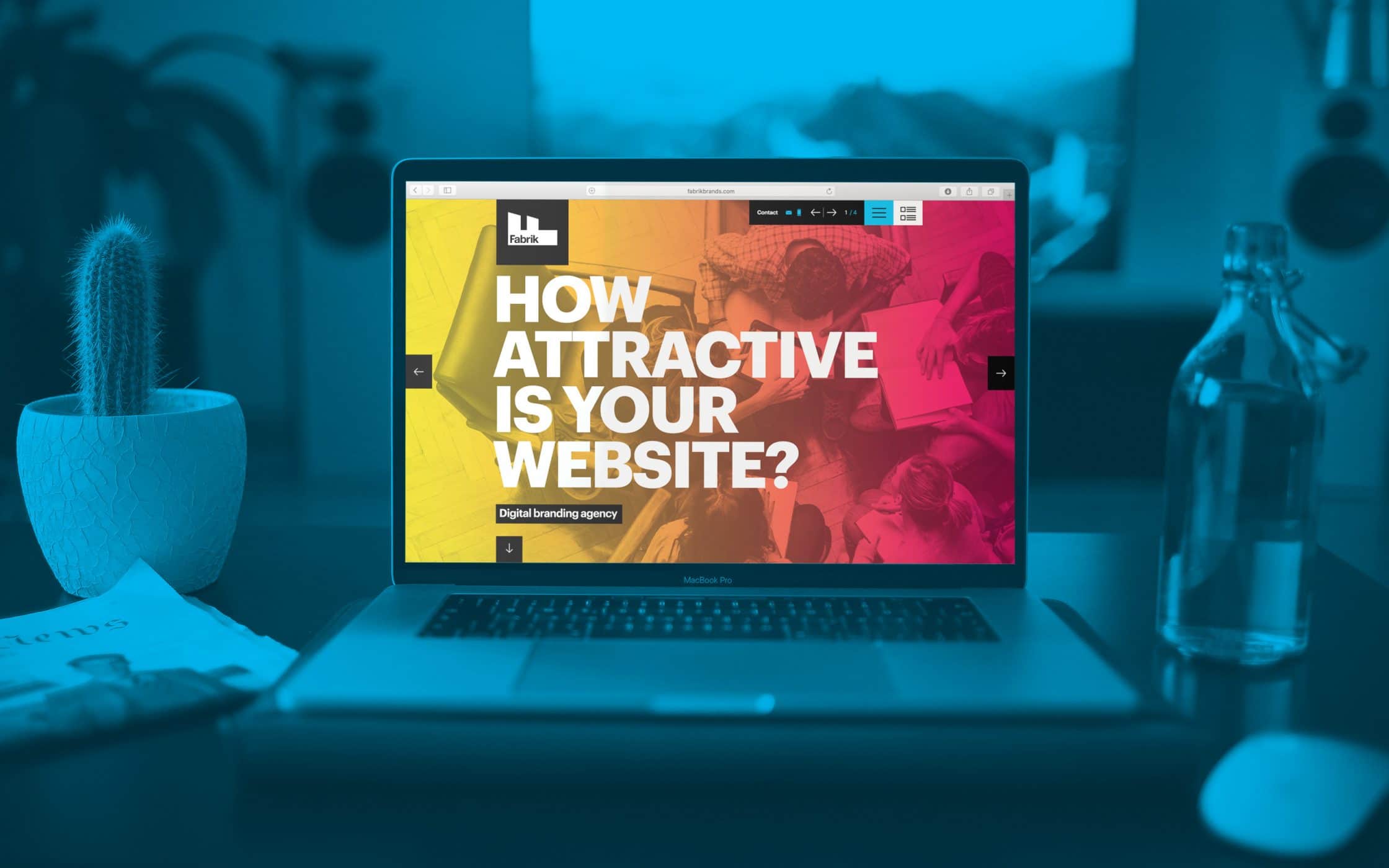
Udacity courses are designed to help students advance with each lesson. Each lesson builds upon the concepts from the previous. Before you can graduate you will need to have completed a series, which can be uploaded on GitHub. A Udacity Project Reviewer will review your project and mark it as complete. Once you are done, you can move on to the next course.
Intro to Algorithms
An online course introducing algorithms in Udacity programming covers the basics of algorithm design. Each module covers a different type. The course is broken down into four modules. These modules can be divided into four sections: the basics, advanced algorithms and graph algorithms. Each part focuses on a different type of algorithm and requires a minimum amount of Java knowledge. Although the materials are provided for free, they do not include a certificate.

This course will teach students algorithms including basic searching and sorting. Through the exercises, students are able to build a solid knowledge base in Python. But, the algorithms used in this course don't have to be specific to Python. Therefore, students who are proficient with other languages are able follow along. However, knowing Python is helpful because it will give students an edge when they are writing code.
Intro to Python
Udacity Introduction to Python is a great course to get you started in programming. It's not a Nanodegree Program. This course is part Udacity Single course series. It allows you to complete the entire course within two to four week. Though there is no prerequisite for this course, you should have some prior coding experience to be able to fully grasp the concepts.
The Python Data Types will be taught and you will be able to create logical programs using them. You'll also learn how to use loops and conditionals to create complex data structures, such as lists and dictionaries. Modules, custom functions, and Tuples are just a few of the topics you'll be learning. Although developing a Python-based game is a great opportunity to showcase your skills, you should be comfortable with the programming environment.
Intro to Kotlin
If you want to become a developer, you'll want to learn how to code in Kotlin. It is a very popular programming language and many tech companies use it to create high-end apps. This programming language can be used in both back-end and front-end development. It is versatile and cross-platform. With this skill, you'll be in high demand and earn a high salary.

The course covers a wide range of programming concepts, including object-oriented programming, strings, and nullable variables. This course covers looping, classes, functions, looping, interoperability, Java-Kotlin, and looping. The course is divided into 20 modules with several video lessons. You will learn how to create applications and games, as well get real-world projects.
FAQ
Does A Good Portfolio Make Me More Likely To Be Hired As A Web Developer?
Yes. When you are applying for a job as a web developer or designer, a portfolio is crucial. Portfolios must showcase your skills and experiences.
Portfolios typically include examples of past projects. These can be anything that shows off your skill set. Include everything: mockups; wireframes; logos; brochures; websites and apps.
Should I use WordPress or a website builder?
You can start small and build a solid web presence. If you have enough time and resources, build a site. A simple blog is a good option if you don’t yet have the necessary resources. As you develop your website design skills, you can always add additional features.
You should first set up your primary domain before you begin building your first website. This will give you something to point to when you publish content.
What Should I Add to My Portfolio?
All these items should be part of your portfolio.
-
Example of your work.
-
If possible, links to your site
-
Link to your blog.
-
Links to social media pages.
-
Here are links to portfolios online of other designers.
-
Any awards that you have received.
-
References.
-
Take samples of your work.
-
These links show how to communicate with clients.
-
These links show that you are open to learning new technologies.
-
These links show that you are flexible.
-
You can find links that reflect your personality.
-
Videos showing your skills.
How much does a website cost?
This question will depend on your goals for your website. Google Sites, for example, might not be necessary if you are merely looking to share information about your business or yourself.
However, if visitors are serious about coming to your site, they will be willing to pay more.
A Content Management System (like WordPress) is the best solution. These programs can be used to build a website quickly and easily without having to know any programming. These sites are hosted by third-party companies so you don't have to worry about being hacked.
Squarespace, a web design service, is another option. They offer a variety of plans ranging from $5 per month to $100 per month, depending on what you want to include on your site.
WordPress is a CMS.
Yes. It's called a Content Management System. A CMS allows you to manage your website content from within a web browser instead of using an application such as Dreamweaver or Frontpage.
The best part about WordPress is that it's free! Hosting is all you need, and it's usually free.
WordPress was originally created to be a blogging platform. But WordPress now offers many more options, such as eCommerce sites or forums, membership websites and portfolios.
WordPress is simple to install and configure. Download the file from their website, and then upload it to your server. Next, simply go to your domain name via your web browser and log into your new site.
After installing WordPress, you'll need to register for a username and password. Once you log in, you will be able to access your settings from a dashboard.
From this page, you can add images, pages, posts, menus or widgets to your website. You may skip this step if you feel comfortable editing and creating content.
You can also hire a professional web design firm to help you with the whole process.
What is a UI developer?
A user interface (UI) designer creates interfaces for software products. They are responsible for designing the layout and visual elements of an application. The UI designer may also include graphic designers.
The UI Designer should be able to identify problems and solve them.
A UI designer should be passionate about technology and software development. He/she should be familiar with all aspects in the field, from creating ideas to implementing them into code.
They should be able use a variety of tools and techniques to create designs. They should be able problem solve and think creatively.
They should be detail-oriented and well organized. They should be able create prototypes quickly and efficiently.
They should be comfortable working alongside clients large and small. They should be able and willing to adapt to different situations and environments.
They should be able speak clearly and effectively with others. They should be able communicate clearly and concisely.
They should be well-rounded individuals who possess strong communication skills.
They must be motivated and driven.
They should be passionate about their craft.
How do I design a website.
Your customers will first need to understand the purpose of your website. What are your customers looking for?
What problems might they have if they don't find what they're looking for on your site?
After you have this information, you need to find out how to solve the problem. You also need to make sure that everything on your site looks right. It should be easy to use and navigate.
It is important to have a professional-looking website. It should not take too much time to load. If it does take too long, people won't stay as long as they would like to. They'll leave and go elsewhere.
If you're going to build an eCommerce site, you need to think about where all your products are located. Are they in one place? Or are they scattered around your site?
It is important to decide whether you will sell only one product or multiple products at once. Do you want to sell just one type of product or multiple kinds?
You can start building your site when you've decided on these questions.
Now you need to worry about the technical side of things. How will you site function? Is it fast enough? Can it be done quickly by people using their computers?
Will they be able buy anything without having pay an extra fee? Will they have to register with your company before they can buy something?
These are crucial questions you should be asking yourself. These are the questions that you need to answer in order to be able move forward.
Statistics
- The average website user will read about 20% of the text on any given page, so it's crucial to entice them with an appropriate vibe. (websitebuilderexpert.com)
- It enables you to sell your music directly on your website and keep 100% of the profits. (wix.com)
- Studies show that 77% of satisfied customers will recommend your business or service to a friend after having a positive experience. (wix.com)
- At this point, it's important to note that just because a web trend is current, it doesn't mean it's necessarily right for you.48% of people cite design as the most important factor of a website, (websitebuilderexpert.com)
- In fact, according to Color Matters, a signature color can boost brand recognition by 80%. There's a lot of psychology behind people's perception of color, so it's important to understand how it's used with your industry. (websitebuilderexpert.com)
External Links
How To
What is website hosting?
Website hosting is the location where people go when they visit websites. There are 2 types.
-
Shared hosting - This is the cheapest option. Your website files reside on a server owned by someone else. When customers visit your site, their requests travel over the Internet to that server. The server owner then forwards the request to you.
-
Dedicated hosting – This is the most expensive option. Your website resides entirely on one server. Your traffic stays private as no other websites can share the same server.
Most businesses choose shared hosting because it's less expensive than dedicated hosting. Shared hosting allows you to have your website run by the company who owns the server.
However, both have their advantages and disadvantages. These are some of the major differences between them.
Sharing Hosting Pros
-
Lower Cost
-
Easy to Set Up
-
Frequent updates
-
It can Be Found On Many Web Hosting Companies
Shared hosting is often as cheap as $10 per month. Keep in mind, however, that bandwidth is usually included in the price. Bandwidth refers the data that you can transfer over the Internet. Even if you upload only photos to your blog you might still have to pay more for large amounts of data that you transfer through your account.
Once you begin, you will soon see why you spent so much on your previous host. Most shared hosts provide very limited customer support. Although they will help you set up your site occasionally, you are on your own once you have done that.
A provider with 24-hour telephone support is a good choice. They will take care of any issues while you sleep.
Cons of dedicated hosting
-
More Expensive
-
Fewer Common
-
Requires special skills
With dedicated hosting, everything you need for your website is at your fingertips. You don't need to worry about bandwidth usage or RAM (random access memory).
This means you will need to spend more upfront. You'll soon realize that your business is self-sufficient once it's online. You'll become an expert at managing your servers.
So Which Is Better For My Business?
The answer depends on what kind of website you want to create. If you're selling products only, shared hosting might work best. It is simple to set up and easy to maintain. Because you share a server, you will most likely receive frequent updates.
If you want to create a community around a brand, dedicated hosting may be the best choice. Instead of worrying about traffic, you can concentrate on building your brand.
Bluehost.com has both. Bluehost.com provides unlimited monthly data transfer, 24/7 support, free domain registration and a 30-day money back guarantee.